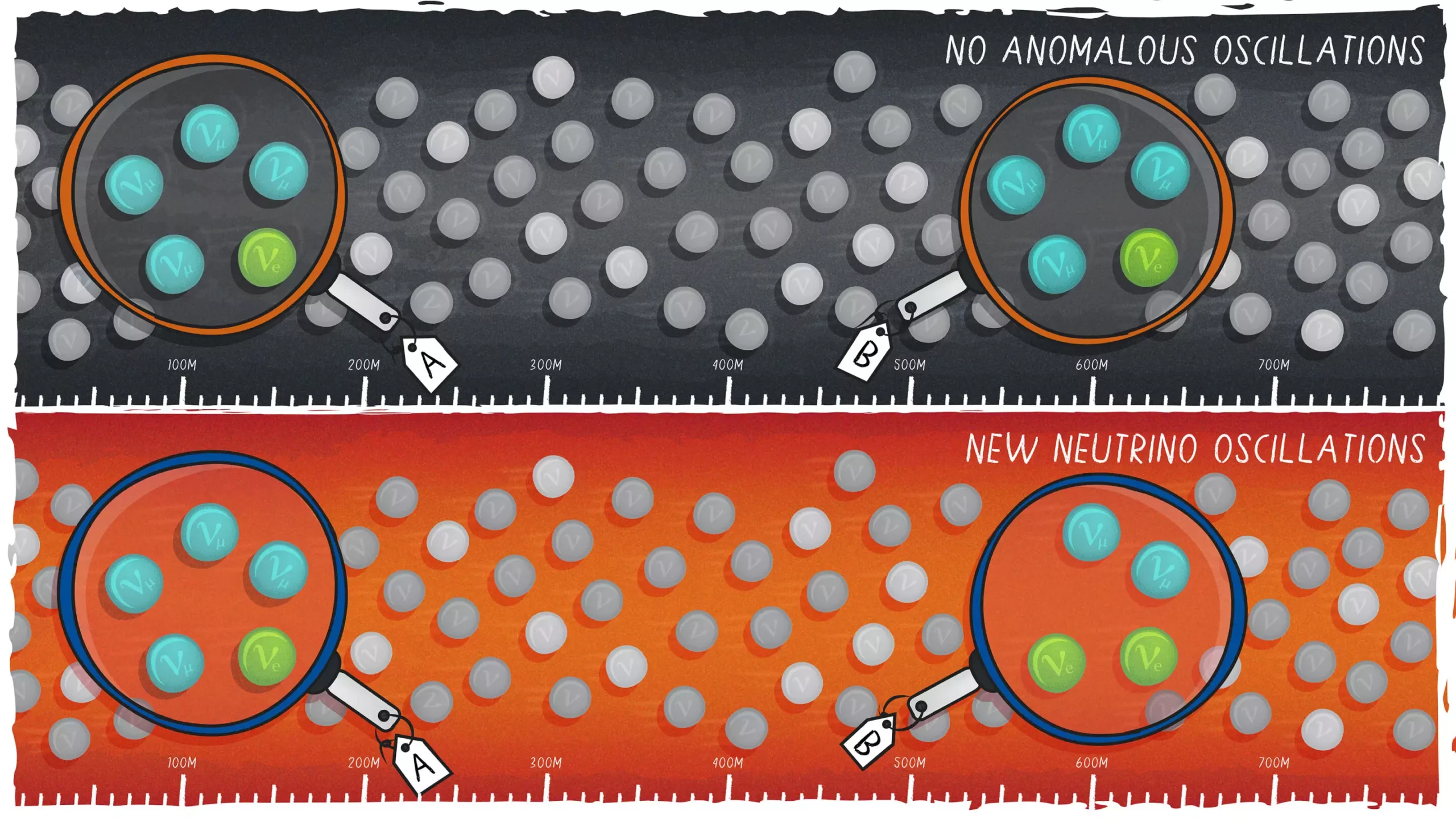The Short-Baseline Near Detector (SBND) at Fermi National Accelerator Laboratory recently achieved a significant milestone by detecting its first neutrino interactions. This achievement marks the culmination of nearly a decade of planning, prototyping, and construction by the SBND collaboration. The efforts of 250 physicists and engineers from Brazil, Spain, Switzerland, the United Kingdom, and the United States have contributed to this groundbreaking moment.
SBND plays a pivotal role in Fermilab’s Short-Baseline Neutrino (SBN) Program, aiming to shed light on a long-standing mystery in particle physics. The Standard Model, although extensively tested, falls short in providing a complete understanding of the universe at its most fundamental level. Anomalies observed in previous experiments suggest the existence of a new type of neutrino, beyond the known muon, electron, and tau flavors.
Neutrinos, the elusive particles that only interact through gravity and the weak nuclear force, pose a unique challenge for scientists. Despite being the second most abundant particles in the universe, their interactions are incredibly rare to detect. SBND’s proximity to the neutrino beam enables it to witness an unprecedented number of interactions, offering valuable insights into neutrino behavior.
The Short Baseline Neutrino Program at Fermilab, encompassing both the near detector SBND and the far detector ICARUS, aims to investigate neutrino oscillations and potentially unveil a fourth neutrino. By studying the neutrinos before and after potential oscillations, the SBN Program eliminates the need for assumptions about the neutrino beam’s original composition, enhancing the accuracy of the observations.
SBND’s location near the neutrino beam provides a unique opportunity to study neutrino interactions with precision. With 7,000 interactions per day, SBND collects a vast amount of data that will be instrumental in further research on neutrinos. The complex nature of argon interactions poses a challenge, but also promises valuable insights that will benefit future experiments like the Deep Underground Neutrino Experiment (DUNE).
While SBND focuses on neutrino interactions, it also has the potential to uncover phenomena beyond the Standard Model, such as dark matter. By keeping a vigilant eye on unexpected particle signatures generated by the particle beam, SBND could provide valuable clues about the existence of a “dark sector.” The exploration of lightweight dark particles could offer remarkable insights into the nature of dark matter.
The detection of the first neutrino interactions by SBND marks the beginning of an exciting journey for the collaboration. As the researchers continue to operate the detector and analyze the vast amount of data collected, they anticipate further discoveries and advancements in the quest for new physics. This moment signifies the dawn of a new era for the SBND collaboration and paves the way for groundbreaking research in the field of particle physics.


Leave a Reply